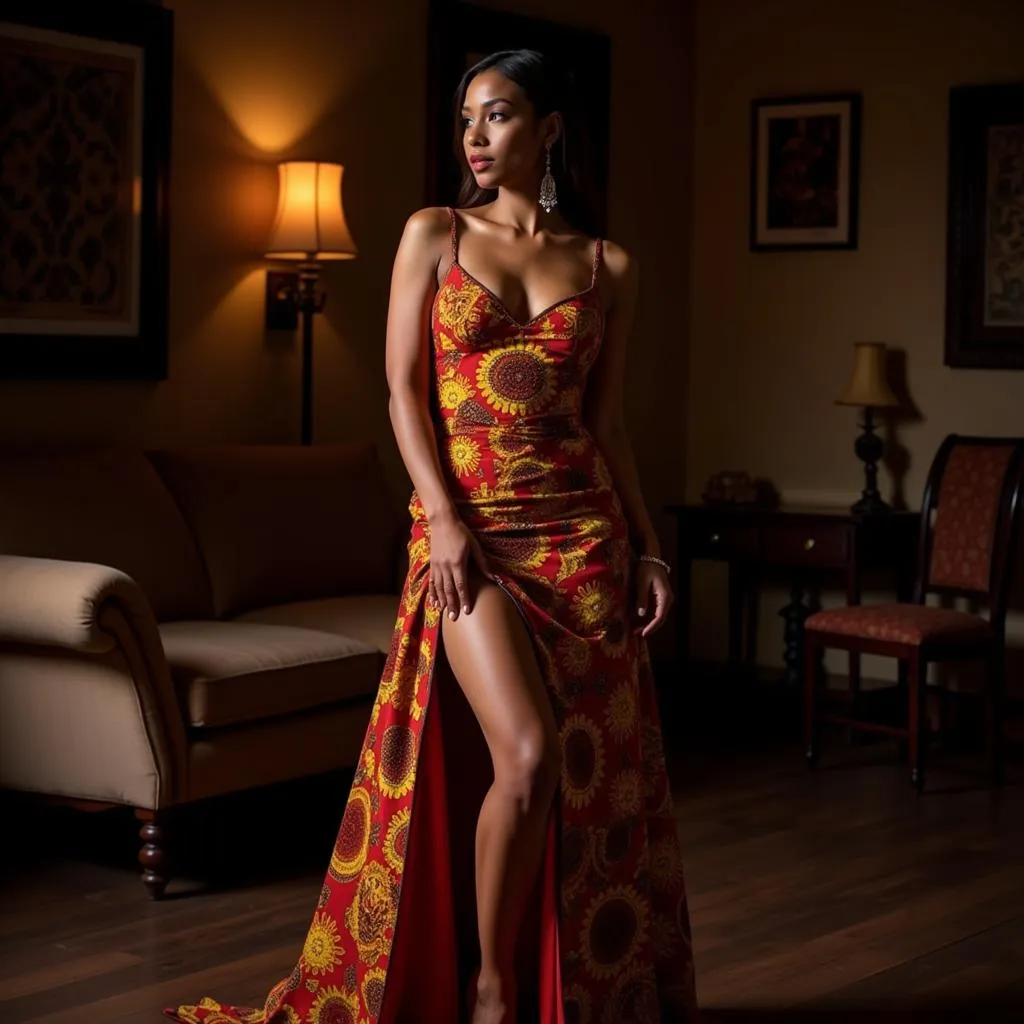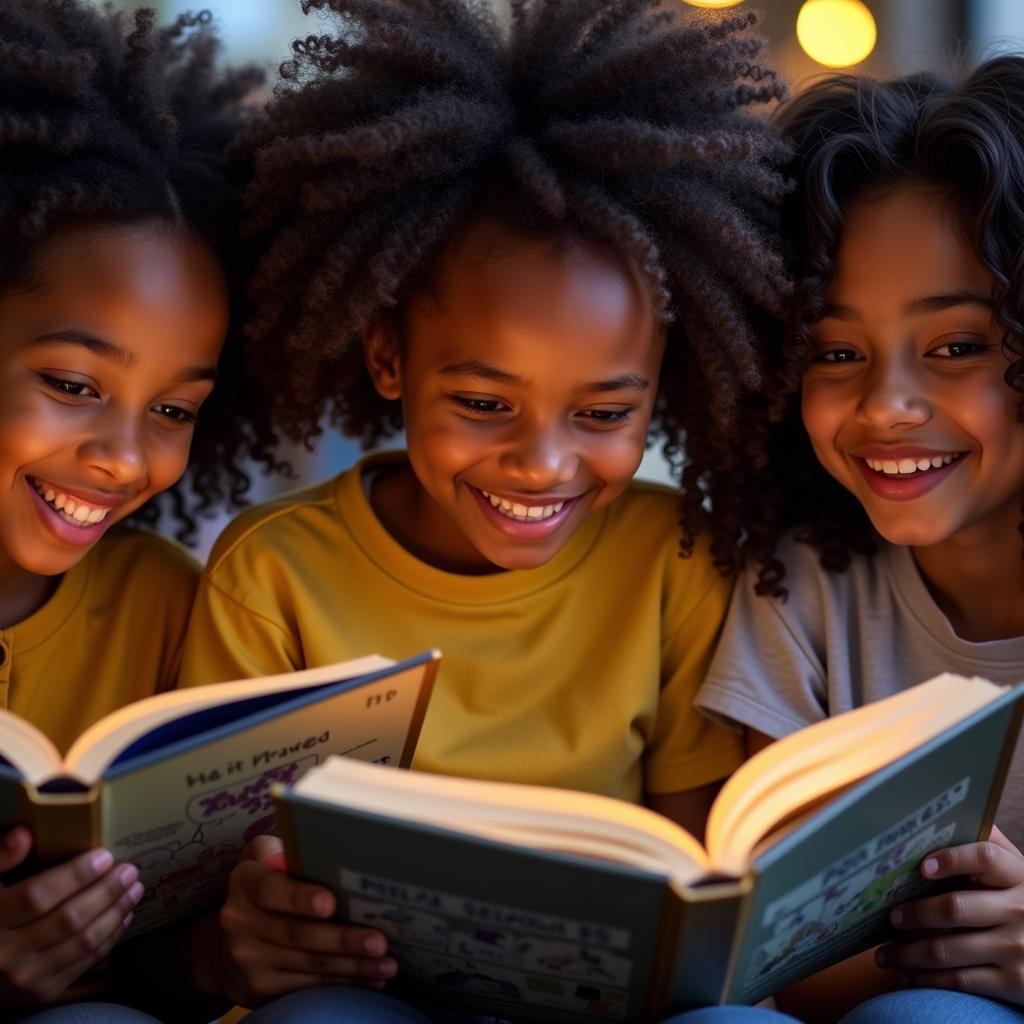African Folklore Embroidery: Stitching Stories on Fabric
African Folklore Embroidery is more than just a decorative craft; it’s a vibrant tapestry of cultural heritage, storytelling, and artistic expression. For centuries, communities across the African continent have used needle and thread to bring their folklore to life, preserving ancient wisdom, beliefs, and traditions in every stitch.
The Language of Symbols
African folklore embroidery is characterized by its use of powerful symbols, each carrying deep meaning and significance. Animals often feature prominently, representing various virtues or characteristics. For instance, the lion, often seen as the king of the jungle, symbolizes strength, courage, and leadership. The wise elephant embodies memory, wisdom, and longevity. These symbolic representations are not merely decorative; they are a way to communicate complex ideas and narratives, passing down cultural knowledge through generations.
Beyond Decoration: Embroidery as a Social Act
In many African cultures, folklore embroidery is deeply intertwined with social customs and rituals. It’s not uncommon for young girls to learn embroidery from their mothers and grandmothers, inheriting not just a skill but a legacy of cultural understanding. These skills are often put to use in creating significant pieces for life events like weddings, births, and coming-of-age ceremonies. For example, elaborately embroidered cloths might be gifted to a newly married couple, symbolizing blessings of fertility and prosperity. These traditions ensure that cultural knowledge continues to be passed down, keeping the stories and symbols alive.
Regional Variations: A Continent of Diversity
While certain themes and symbols resonate across Africa, each region boasts its unique embroidery styles and techniques. In West Africa, the Yoruba people are known for their intricate aso oke fabric, often featuring elaborate patterns and vibrant colors, used in significant ceremonies and events. The Ndebele people of South Africa are famous for their striking geometric designs, adorning their homes and clothing with bold, colorful patterns that reflect their cultural identity and pride.
“African folklore embroidery acts as a visual language,” explains Dr. Abena Agyeman, an expert in African art and textiles. “Each region’s unique style and choice of motifs tell a story about their history, beliefs, and way of life.”  African Embroidery Regional Variations
African Embroidery Regional Variations
African Folklore Embroidery in the Modern World
Today, African folklore embroidery continues to evolve, finding its place in contemporary art, fashion, and design. Artists and designers are drawing inspiration from these traditional techniques, incorporating ancient symbols and motifs into modern creations. This fusion of old and new breathes fresh life into ancient craft, ensuring its continued relevance and appreciation in the 21st century.
Conclusion
African folklore embroidery is a testament to the power of storytelling through art. More than just beautiful textiles, these intricate creations serve as a tangible link to the past, preserving cultural heritage and reminding us of the enduring power of human creativity and expression.

